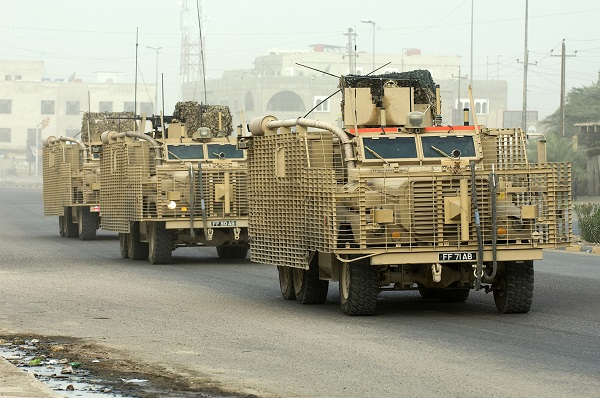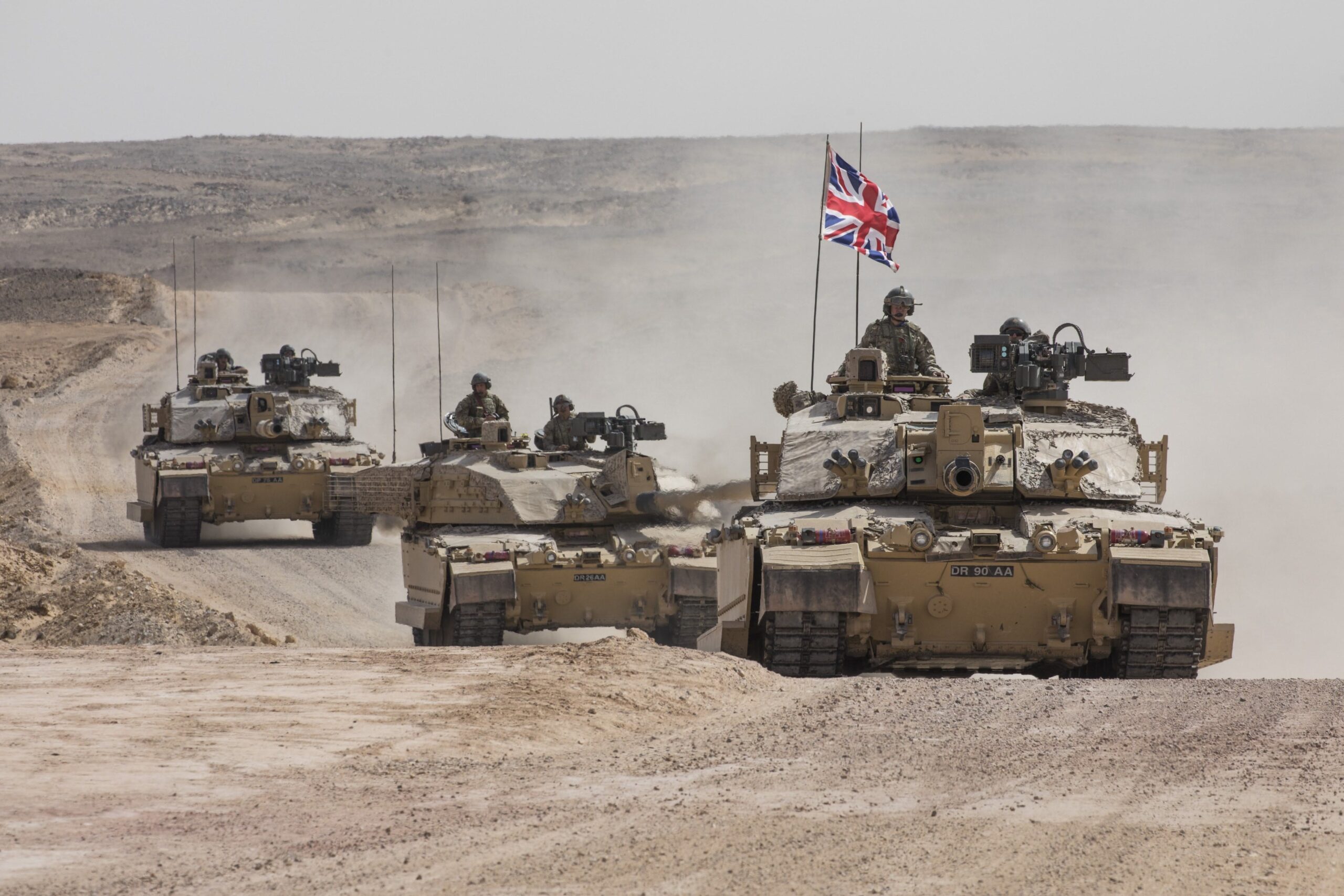During the general election campaign, Prime Minister Boris Johnson promised that, if re-elected, the Conservative Party would hold a strategic defence and security review that would lead to a “huge technological upgrade of security forces to keep Britain safe and strengthen NATO”. A key aspect of such a review would be a focus on next generation military capability, including the future role of the UK defence industry in its development and delivery. One capability that is already ahead of the game is combat air, thanks to Team Tempest.
Background
According to the RAF, Tempest will be a sixth-generation combat aircraft, operating at the cutting edge of technological innovation. It is intended to secure the UK’s position as a global leader in combat air. Under the Tempest aircraft concept, a collaboration between the government and UK industry, known as Team Tempest, aims to deliver “World and European firsts in advanced technical capability.” Team Tempest consists of a group of industry partners, including BAE Systems, Rolls Royce, Leonardo and MDBA, working together with the RAF’s rapid capabilities office and the MOD. Currently more than 1,000 people are working as part of Team Tempest across the UK, and that number is expected to grow to 2,500 by 2021. Tempest is seen as a replacement for the Typhoon aircraft and has a target date to enter RAF service in 2035.
Team Tempest was created following the publication of the UK’s combat air strategy in 2018, which defined the government’s approach to the aviation sector and sought to maintain choices in how the UK delivers its future combat air requirements, while ensuring prosperity and international influence benefits were fully considered. The RAF believes that a next generation combat air system is required to operate in an increased threat environment brought about by the development of advanced fifth-generation aircraft and missile systems by potential adversaries. Its roles would be primarily to defend the skies over the UK, to deliver intelligence, surveillance and reconnaissance in contested environments, and to deliver attack capabilities.
Financial Aspects
The projected costs for a sixth-generation aircraft are eye watering. Last year, the Pentagon estimated the development cost alone for the F-35 Lightning II to be in excess of $60 billion. Moreover, even though production costs for that aircraft have fallen by approximately 60%, the F-35B, which the UK is buying, still has a price-tag north of $115 million per aircraft. Even if development costs are diluted through international collaboration, the acquisition of just a modest number of 100 Tempest aircraft could result in a bill of over £30 billion to the UK taxpayer. More significantly, there is currently no financial provision for future combat air capability within the MOD equipment programme.
There are some obvious ways to mitigate the huge costs associated with the development and procurement of a sixth-generation aircraft. As touched on above, the first of these is international collaboration. Here Team Tempest has already had some success. In a white paper earlier this year, Sweden identified the UK as a specific partner of interest on future combat air. This was followed by the signing of a memorandum of understanding (MoU) on future combat air collaboration in July. In addition, Italy and the UK have completed government and industry studies that indicate close alignment, and both signed a statement of intent to undertake further work last September. A MoU with Italy is expected shortly, with UK-Sweden-Italy multi-lateral talks likely to follow.
A second way to reduce costs is to maximise future sales of Tempest to friendly nations. The most obvious market is within NATO, with member states re-affirming their commitment to defence investment at the London Leaders Meeting earlier this month. Another potential market would be the Middle East, where the UK has a track record of military aircraft sales, for example, Hawk, Tornado and Typhoon to Saudi Arabia.
Competition
However, in both cases, Tempest has a European rival. France, Germany and Spain are united in developing a similar next-generation fighter – the Future Combat Air System (FCAS) or Systeme de Combat Aérien Futur (SCAF). FCAS-SCAF is backed by the industrial expertise of Airbus and Dassault. Although competition is a good thing, it is questionable whether there is a market for two combat air platforms developed in Europe, and ultimately the two consortia may eventually have to fight it out in a down-select process.
Conclusion
Returning to a UK perspective, one thing is for sure: money for the development of future military capability will be limited and there certainly will not be sufficient funds to meet the aspirations of the single services. To that end, the age-old military maxim “first in, best dressed” is likely to apply. The RAF is already ahead of the game in its approach to future combat air, benefitting from £2 billion of investment through the Future Combat Air Systems Technology Initiative Programme and securing international support from Sweden and Italy with more likely to follow. From the viewpoint of the new government, there are clear positives for its prosperity agenda, which, in a period of post-Brexit economic uncertainty, will be most welcome. Team Tempest looks like success that the Prime Minister will want to reinforce.






